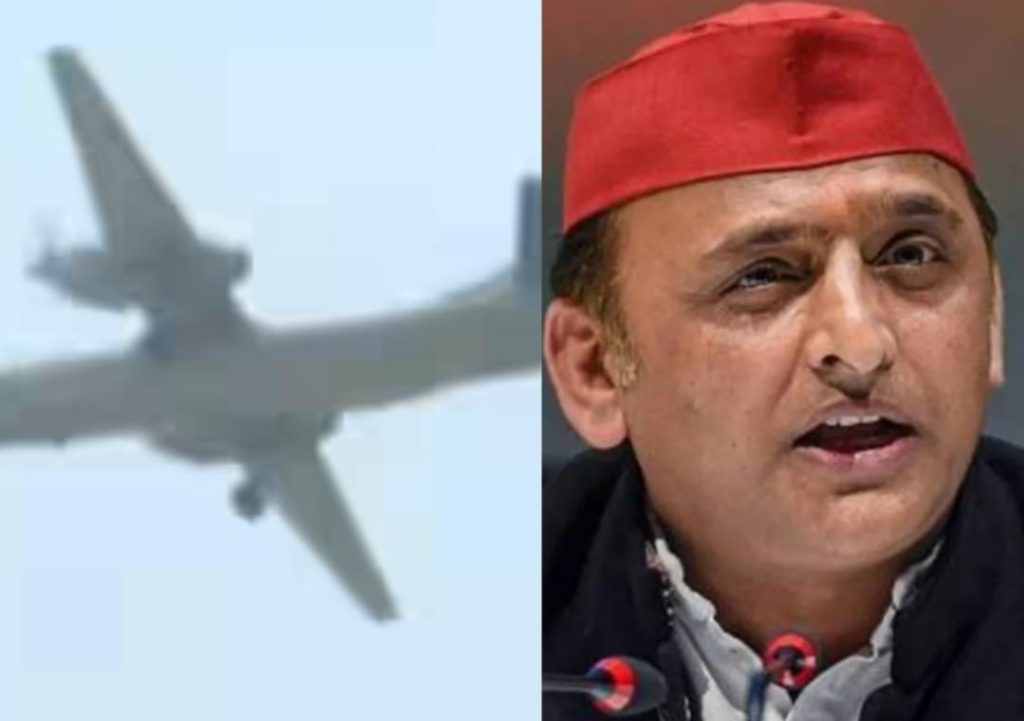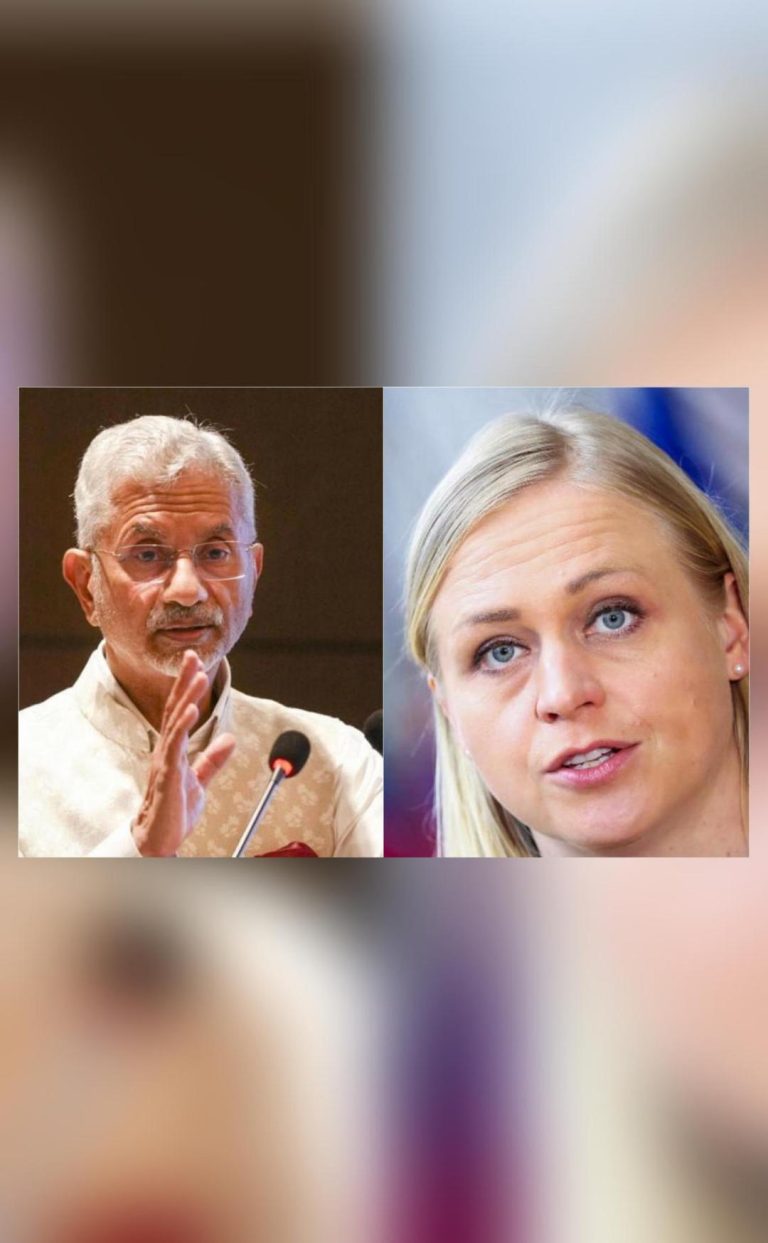
Title: No difference in day and night landing: Akhilesh on jets on e-way
The Indian Air Force has been making headlines recently with its “land and go” drill on the 3.5-km stretch of the Ganga Expressway in the Shahjahanpur district of Uttar Pradesh. This development has sparked widespread interest and debate, with many wondering if it is feasible to land aircraft on a highway. In a recent statement, Samajwadi Party (SP) chief Akhilesh Yadav weighed in on the matter, saying that there is no difference between day and night landings and that night landings are possible with the installation of lights.
Yadav’s statement is significant, as it highlights the lack of new technology required for night landings on highways. This is a crucial point, as many have expressed concerns about the safety and feasibility of such operations. However, Yadav’s assertion suggests that with the right lighting and infrastructure, night landings are indeed possible.
The “land and go” drill conducted by the Indian Air Force is part of its efforts to assess the feasibility of using highways as makeshift runways in emergency situations. The exercise involves landing and taking off from the highway stretch, which has been designated as a temporary landing strip. The drill is seen as a major step forward in the development of the Indian Air Force’s capabilities, particularly in the context of disaster relief and humanitarian missions.
However, the SP chief’s statement has also sparked concerns about the safety implications of night landings on highways. While Yadav is right that there is no new technology required, the fact remains that night landings pose unique challenges that require careful planning and execution. For instance, there are concerns about the visibility and lighting on highways, which can make it difficult for pilots to navigate and land safely.
Furthermore, there are also concerns about the proximity of highways to residential areas and other infrastructure. Night landings on highways can potentially disrupt local traffic and pose a risk to nearby residents, particularly if the exercise is not conducted with the necessary precautions.
Despite these concerns, the Indian Air Force’s “land and go” drill is seen as a major milestone in the development of its capabilities. The exercise demonstrates the force’s ability to adapt to changing circumstances and respond to emergencies in a creative and innovative way.
The Ganga Expressway, where the exercise is being conducted, is a 594-km long highway that connects the western and eastern parts of Uttar Pradesh. The highway is designed to reduce travel time between the two regions and improve connectivity. With the Indian Air Force’s “land and go” drill, the highway is now being tested as a temporary landing strip, which could potentially be used in emergency situations.
In conclusion, Akhilesh Yadav’s statement that there is no difference between day and night landings and that night landings are possible with the installation of lights highlights the feasibility of using highways as makeshift runways. However, it is also important to note the concerns about safety and feasibility that surround night landings on highways. As the Indian Air Force continues to develop its capabilities and test the limits of its equipment, it is essential to prioritize safety and take all necessary precautions to ensure that operations are conducted safely and effectively.
News Source:
https://x.com/TimesNow/status/1918332129135546789






